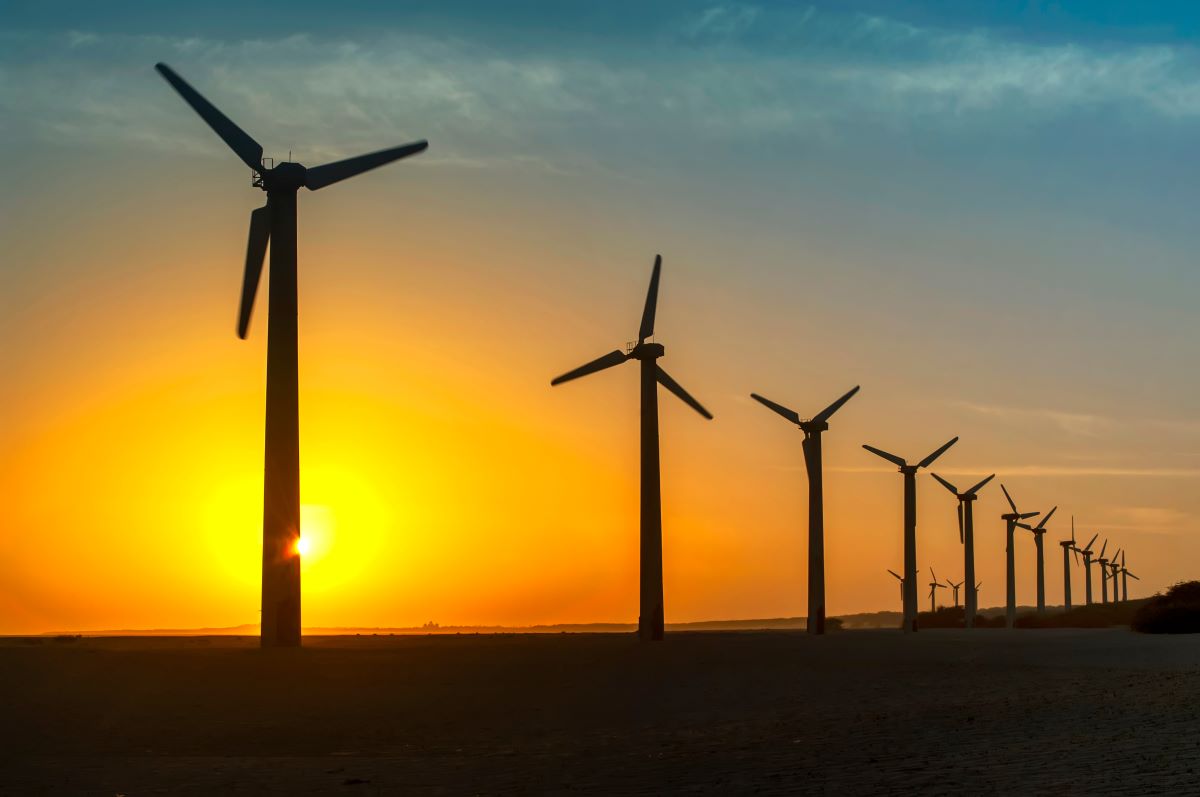Due to rapid urbanization and a rise in population, the growth of energy demand in India is set to reach unprecedented levels over the next decade, as per an International Energy Agency (IEA) report.
“It (India) sees the largest increase in energy demand of any country… the sheer scale of its development means that the combined import bill for fossil fuel doubles over the next two decades…with oil by far the largest component,” as per the IEA.
Separately, data intelligence firm Kpler says that India is poised to overtake China as the leading driver of global oil demand growth by 2026. Currently, India is the world’s third-largest oil consumer, after the United States and China, making up 5% of global oil demand.
As per projections by Fitch Solutions, China’s portion of emerging market oil demand growth will fall from around 50% to 15% over the next decade, while India’s will more than quadruple to 24%.
Energy demand in India and the EV sector
China, despite being the world’s largest consumer of energy, has been able to reduce its dependence on fossil fuels. For example, the country’s growth in oil demand has been waning on the back of a robust electric vehicle (EV) industry. Around 25% of all new cars registered in China are now electric or plug-in hybrid vehicles, putting its EV sector ahead of Europe and the United States. Additionally, the country sells half of all the EVs in the world.
Compared to this, India’s EV sector is still in a nascent stage. India sold a mere 48,000 EVs in 2022 compared to the 6.1 million units sold by China during the same period. EVs make up only 1% of 3 million cars sold in India each year. The country’s EV market has been plagued by issues of low mileage, increased expenses, lack of service facilities, supply chain problems, and a shortage of charging stations.
However, the future looks bright for the sector amid an increase in energy demand in India. “The automotive industry is expected to play a critical role in the transition towards green energy. The domestic electric vehicles (EV) market is expected to grow at a compound annual growth rate (CAGR) of 49% between 2022 and 2030 and is expected to hit one crore (ten million) units of annual sales by 2030,” claimed a report released by the Indian government.
Energy demand in India and its renewable sector
Amid a rise in energy demand in India and a healthy forecast for the country’s EV industry, there has been a surge in investments in India’s renewable sector. In FY22, India’s renewable sector saw investments worth $14.5 bn, a record high and a 125% increase from the previous year.
India is expected to draw investments totalling more than $20 bn in renewable energy in 2023 alone. Thus, with increasing investments the Indian renewable sector is expected to reach a valuation of $35.6 bn by 2028, exhibiting a compound annual growth rate of around 10% during 2023-2028.
While the government is doing its part, businesses are also investing heavily in the renewable sector. Reliance Industries, Adani Group and Tata Group are among the country’s largest companies that plan to invest a significant amount in the next five years to 10 years in renewable energy generation.
“New business models, value-added products and services, such as Energy-as-a-Service and corporate decarbonisation solutions, are evolving rapidly in the renewable energy sector,” states the Institute for Energy Economics and Financial Analysis on its website.
“Investment opportunities also exist in battery energy storage systems (BESS), offshore wind and green hydrogen. The government’s push for solar-wind hybrid projects offers investors another avenue to enter the Indian renewable energy sector,” it adds.
Where to invest?
Adani Green Energy: Amid the rise in the growth of energy demand in India, the Adani Group has plans to invest around $20 bn over the next ten years in renewable energy generation. With its product offerings of wind, solar, and hybrid power, Adani Green Energy stock has given five-year absolute returns of 1,525.71%.
Tata Power: Tata Power intends to invest over Rs 75,000 crore (~$9.11 bn) in renewable energy to increase its clean energy generation capacity from 13.5 GW to over 30 GW in the next five years. By 2030, it wants to have an 80% clean energy portfolio, up from the current 34%. The company generated a revenue of around Rs 439.2 bn in 2022 (~$5 bn) and the value of the company’s stock witnessed an 81.36% increase since April 2021. Tata Power’s shares have a PE ratio of 19.16 and a dividend yield of 1.75.
Reliance Power: The company is part of the Reliance Industries conglomerate, which intends to invest around Rs 75,000 crore (~$9.11bn) crore by 2030 in the renewable energy sector. About 86% of that amount will be invested in facilities to manufacture and integrate critical components of the renewable energy ecosystem and the rest will facilitate enhancements in value-chain, partnerships, and future technologies, including upstream and downstream industries. Reliance Power is a loss-making firm and has seen its stock price decline nearly 30% over the past year, but the outlook for the company is still strong as per analysts’ estimates.
Other players: Zodiac Energy Ltd, a provider of solar energy solutions, provided a five-year ROI of 13.36% and a five-year absolute return of 225.39%. Among other listed stocks, KP Energy, Borosil Renewables, and Websol Energy Systems exhibited some of the highest five-year average ROI in the Indian renewables market.
Editor’s note: All stock movement figures are as of March 30, 2023.










 Australia
Australia China
China India
India Indonesia
Indonesia Japan
Japan Malaysia
Malaysia Philippines
Philippines Singapore
Singapore South Korea
South Korea Taiwan
Taiwan Thailand
Thailand Vietnam
Vietnam
 Germany
Germany Hong Kong
Hong Kong USA
USA Switzerland
Switzerland Singapore
Singapore









